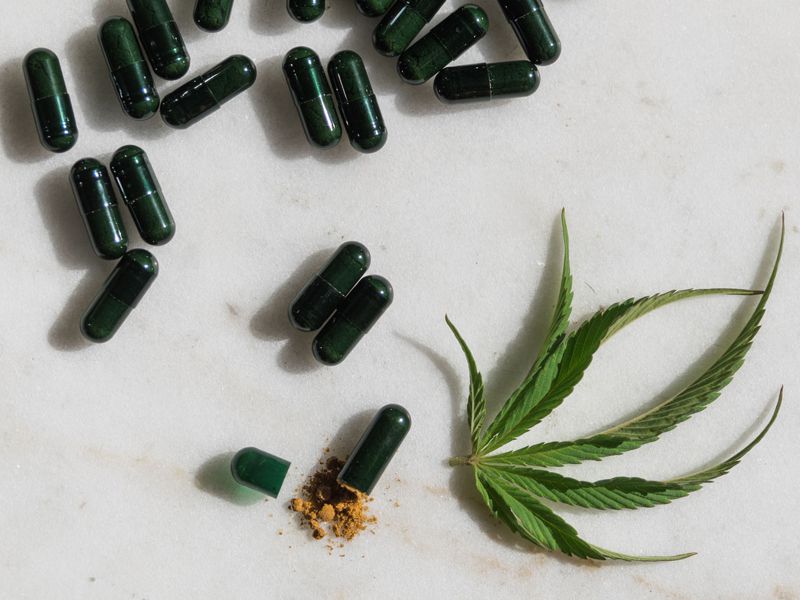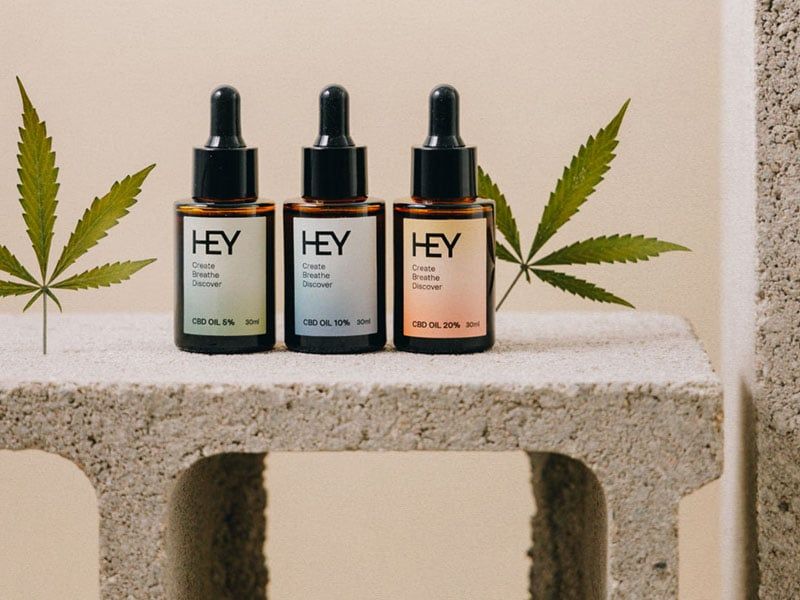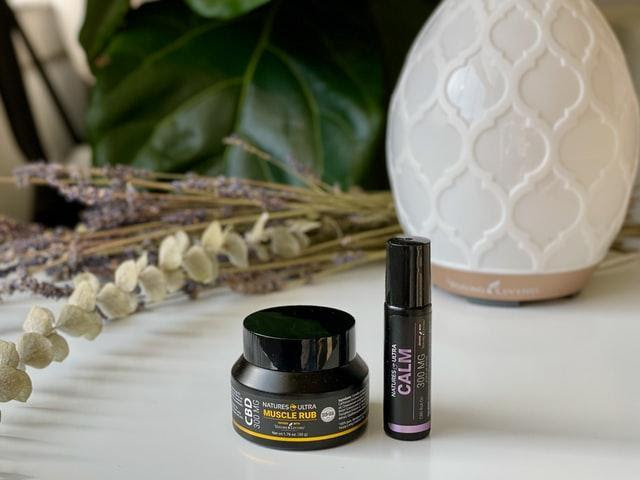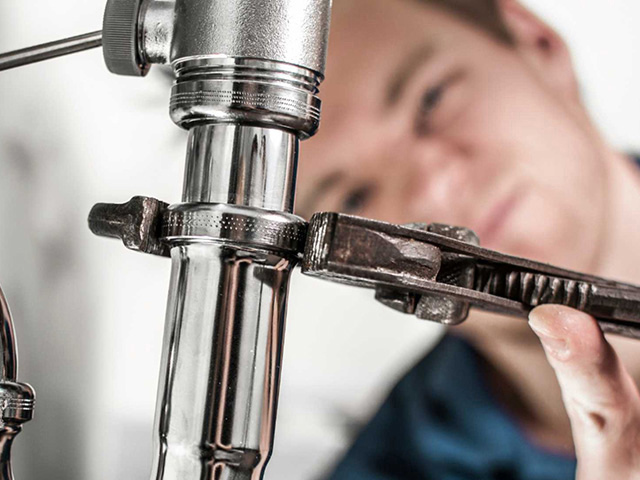You may have heard about CBD lately because it is becoming more and more fashionable. If you’ve come across products like CBD oil on the market, you may have wondered how they make them. After all, a user is less likely to buy a product if they don’t know where it comes from.
In this article, we’re going to explain how CBD oil is made, but first we’re going to answer the most common question on the subject: what is CBD oil?
What is CBD oil?
Cannabidiol, often referred to as CBD, is a cannabinoid, i.e. a substance present in the hemp plant. This is where many people are surprised to relate hemp to an illegal plant that is used as a recreational drug for its psychoactive effects.
That effect is achieved by THC or tetrahydrocannabinol, another form of cannabinoid that does not act in the same way as CBD. While THC stimulates the brain producing that “high” effect, CBD does not produce that same effect, but has some effects on other body systems. In other words, CBD does not have psychoactive effects.
For that reason many people are starting to use CBD oils in their daily routine, as it has been suggested that this substance can improve overall health and wellness and help the body stay in a healthy state.
Although there are a growing number of CBD products available, CBD oil is the most common. This product consists of CBD suspended in an oily substance that is typically ingested sublingually by holding a few drops under the tongue for about 90 seconds before swallowing.
But how is CBD separated from the other cannabinoids in the plant and how is it transformed into oil?

growing hemp
The first thing to know is that in Spain, as in many other countries, it is illegal to grow the hemp plant in its hemp variety. Hemp is the variety of this family of plants best known for its high THC content and its regular recreational use. Hemp, on the other hand, always contains less than 0.03% THC, which means that its legal status is different.
As hemp has no psychoactive effects, it is legal to grow this plant in Spain as long as it is industrial hemp from EU-certified seeds. This ensures that CBD products offered for sale never contain an amount of THC that exceeds the legal limit of 0.2%, thus guaranteeing the safety of consumers.
It is important that industrial hemp is grown in clean soil because, although it is a plant that can survive in harsh environments, it has the ability to absorb toxins from the soil in which it grows. EU agricultural regulations ensure good soil conditions, so hemp grown in Europe is unlikely to be contaminated.
Farmers grow industrial hemp for CBD manufacturers, who are responsible for carrying out the next step.
The extraction process
This is where most questions tend to arise. In order to sell the product, companies have to separate the CBD from the plant matter of the plant. There are several ways to do this and several things to consider.
It is possible to buy isolated CBD, but it does not have to be the best option. Studies on the hemp plant suggest that all cannabinoids and terpenes (the substances that give plants specific flavors and aromas) act synergistically giving rise to the entourage effect, i.e. it is more effective to ingest several cannabinoids and terpenes at the same time. This is why many companies sell CBD oil as broad-spectrum or full-spectrum, meaning that it contains different substances.
Please take a moment to visit their page to find out more about the best CBD Oil.




